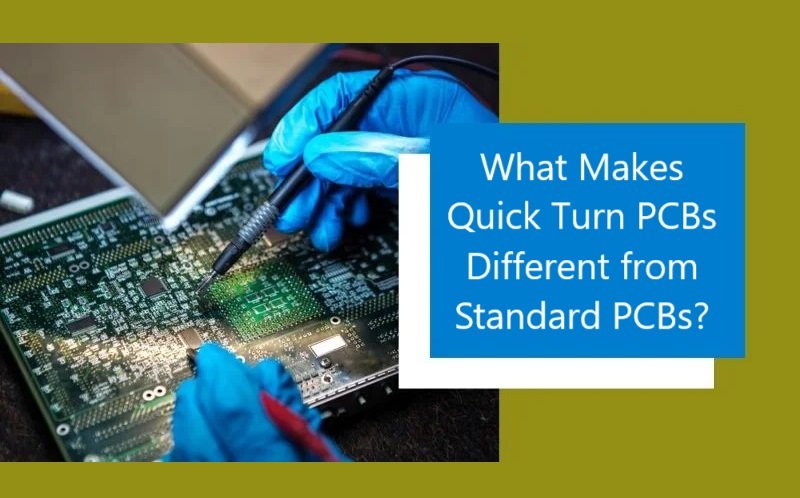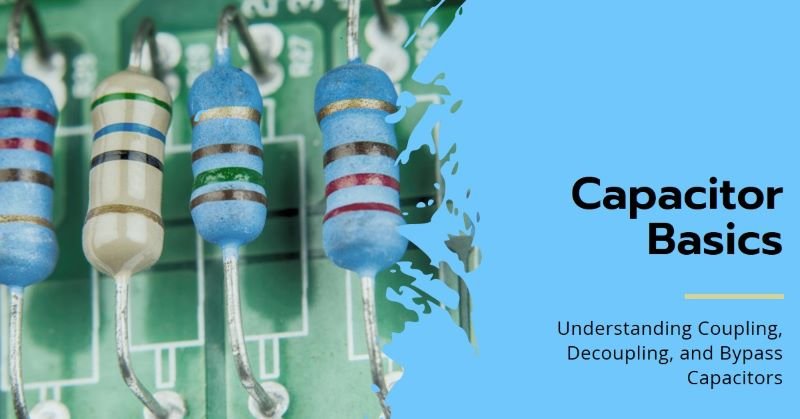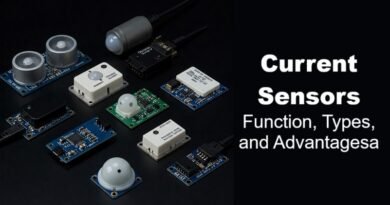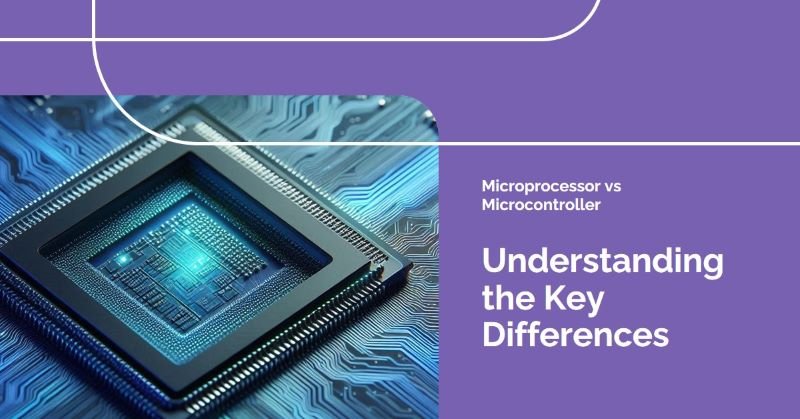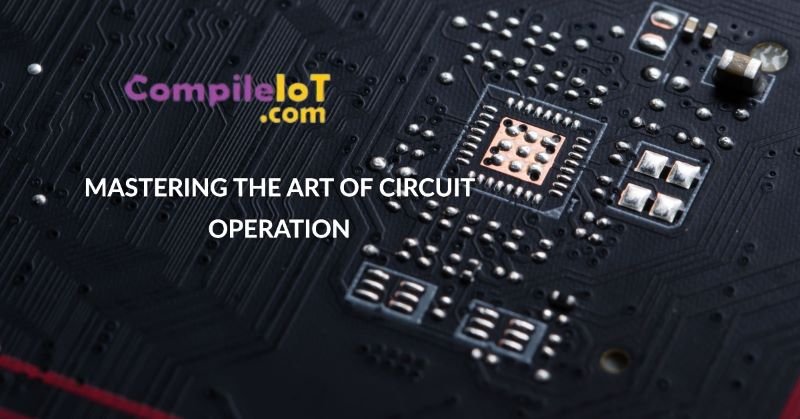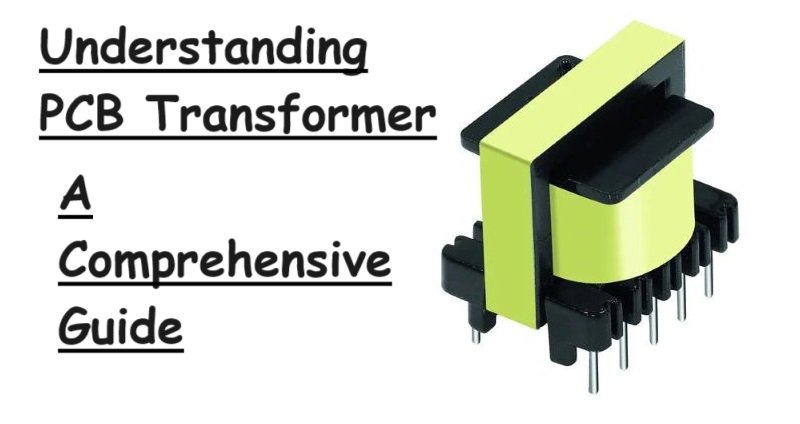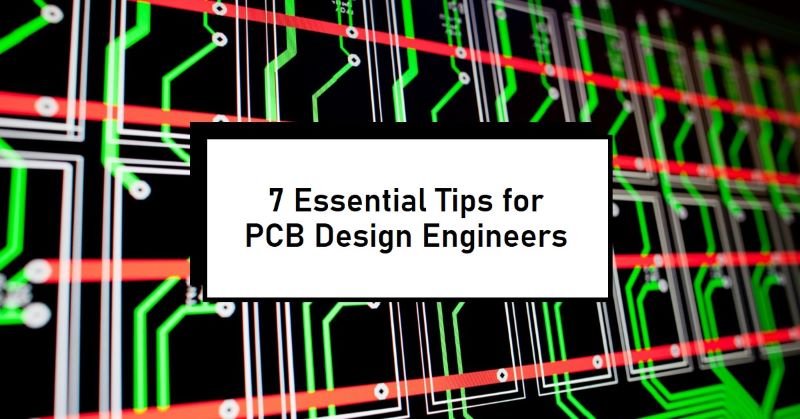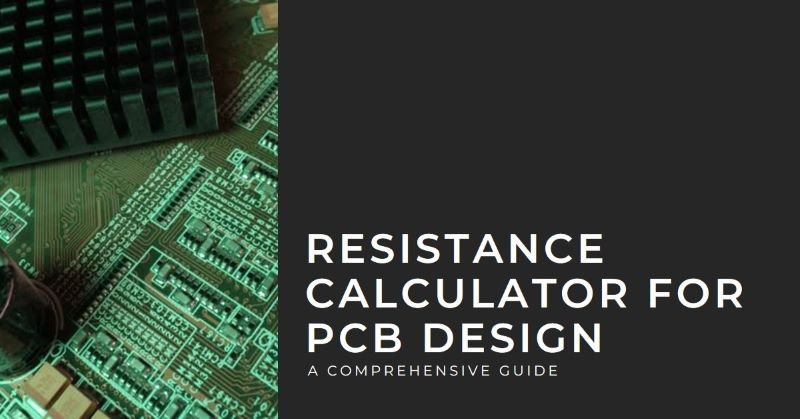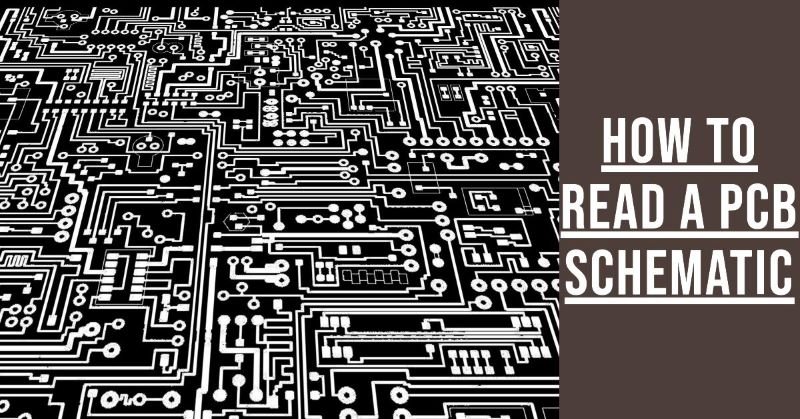What Makes Quick Turn PCBs Different from Standard PCBs?
Printed Circuit Boards (PCBs) are the backbone of almost all electronic devices. They connect and support electronic components, enabling the proper functioning of gadgets and machinery. However, not all PCBs are created equal. Among the various types of PCBs, Quick Turn PCBs and Standard PCBs stand out for their unique purposes and characteristics. This article explains what makes Quick Turn PCBs different from Standard PCBs, their benefits, and how choosing a reliable PCB manufacturer in China can help meet your requirements efficiently.
Understanding Quick Turn PCBs
Quick Turn PCBs are specialized circuit boards designed for rapid production and delivery. As the name suggests, they are manufactured quickly to meet tight deadlines. They are primarily used in the early stages of product development when engineers and designers need prototypes to test and refine their designs.
For example, if a company is developing a new electronic product and wants to test its functionality, they might order a Quick Turn PCB to verify the design before starting large-scale production. This saves time and ensures any design flaws can be fixed early in the process.
What Are Standard PCBs?
In contrast, Standard PCBs are typically used for large-scale manufacturing and are not bound by tight delivery schedules. They are carefully produced to meet long-term requirements and are often ordered in bulk. These PCBs go through a longer production cycle, which includes extensive testing, verification, and optimization to ensure consistency and durability.
Key Differences Between Quick Turn PCBs and Standard PCBs
- Production Time
- Quick Turn PCBs: These are manufactured in a much shorter timeframe, often within 24 to 48 hours. The focus is on speed without compromising quality.
- Standard PCBs: These can take weeks to manufacture due to the additional steps involved in bulk production and rigorous testing processes.
- Purpose
- Quick Turn PCBs: They are primarily used for prototypes, urgent projects, and initial testing phases.
- Standard PCBs: These are designed for mass production and are used in the final versions of products.
- Flexibility
- Quick Turn PCBs: They offer greater flexibility, allowing for quick modifications if the design needs to be changed after initial testing.
- Standard PCBs: Changes to Standard PCBs can be time-consuming and expensive, as they are often produced in large quantities.
- Cost
- Quick Turn PCBs: Due to the shorter production time and lower batch size, the cost per unit is usually higher. However, the speed of delivery justifies the expense, especially in time-critical projects.
- Standard PCBs: The cost per unit is lower for bulk orders, making them cost-effective for large-scale production.
- Technology and Expertise
- Quick Turn PCBs: Manufacturing these PCBs requires advanced equipment and skilled technicians to ensure high-quality production in a short time.
- Standard PCBs: While they also require expertise, the production process is more streamlined and optimized for large-scale manufacturing.
Advantages of Quick Turn PCBs
- Faster Time-to-Market
Quick Turn PCBs help companies bring their products to market faster by speeding up the prototyping and testing phases. - Reduced Risk
By identifying and addressing design flaws early, businesses can avoid costly mistakes during mass production. - Enhanced Innovation
The rapid turnaround time allows engineers to test multiple iterations of a design in a short period, fostering innovation and creativity.
Why Work with a PCB Manufacturer in China?
China is a global leader in PCB manufacturing, offering a wide range of services, including Quick Turn PCBs. Here are some reasons to choose a PCB manufacturer in China:
- Advanced Technology
Many manufacturers in China use state-of-the-art equipment and follow strict quality standards, ensuring reliable and high-performing PCBs. - Competitive Pricing
The cost of producing PCBs in China is often lower due to economies of scale, making it an affordable option for businesses worldwide. - Rapid Delivery
Chinese manufacturers specializing in China quick turn PCB services excel in meeting tight deadlines. Their streamlined processes and skilled workforce enable them to deliver products quickly without compromising quality. - Customization
PCB manufacturers in China offer extensive customization options, allowing businesses to tailor the design and specifications of their PCBs to meet specific project requirements. - Global Reach
With efficient shipping and logistics, Chinese manufacturers can deliver PCBs to any part of the world, ensuring businesses get what they need when they need it.
How to Choose the Right Manufacturer for Quick Turn PCBs
When selecting a PCB manufacturer, it’s essential to consider the following factors:
- Experience and Expertise
Look for a manufacturer with a proven track record in producing Quick Turn PCBs. Their experience will ensure they can handle complex requirements efficiently. - Quality Assurance
Ensure the manufacturer follows international quality standards and provides thorough testing of their PCBs. - Delivery Time
Time is critical for Quick Turn PCBs. Choose a manufacturer that guarantees on-time delivery. - Customer Support
Reliable customer support is crucial for addressing queries and ensuring a smooth manufacturing process.
Conclusion
Quick Turn PCBs are a game-changer for industries that need fast and flexible solutions for prototyping and testing. They differ from Standard PCBs in terms of production time, purpose, cost, and flexibility. When looking for high-quality Quick Turn PCBs, partnering with a reputable PCB manufacturer in China can make all the difference. With their advanced technology, competitive pricing, and ability to meet tight deadlines, Chinese manufacturers are an excellent choice for businesses looking to save time and enhance efficiency.
Whether you’re a startup developing a new product or an established company looking to innovate, Quick Turn PCBs can help you bring your ideas to life faster and with greater precision.
